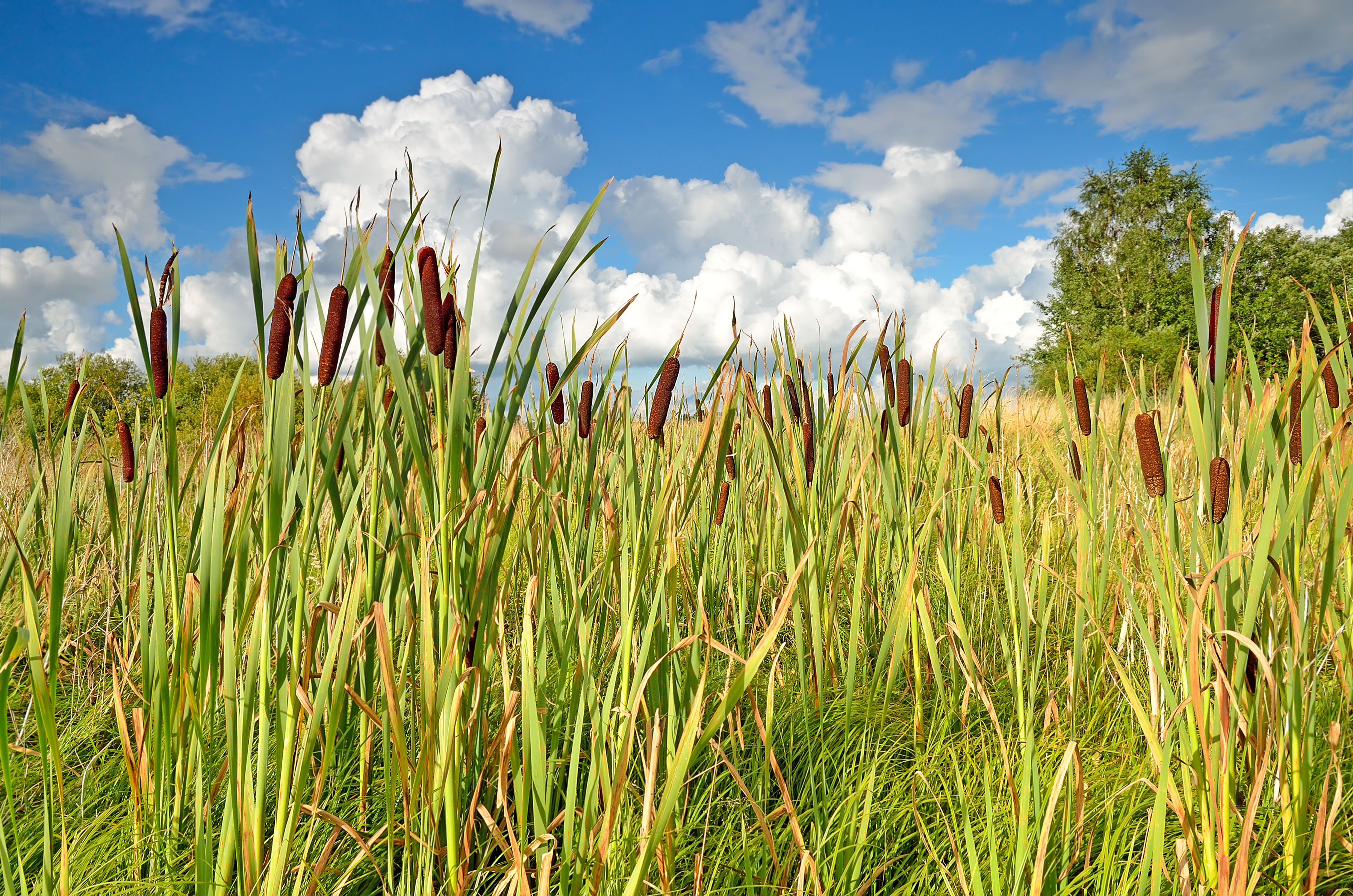What is a reed bed sewage system – and how does it work?
A reed bed sewage system works with natural filtration to treat water before it is discharged back into the environment – these are the basics of what you need to know


Installing a reed bed is an ecologically sound way of dealing with the waste water from a house. Tightening regulations around rainwater discharge and concerns about connecting to the mains drains – which are already over capacity – have led many rural homeowners (those that use a septic tank) to consider reed beds to manage waste water.
Reed beds are an ecologically sound way of dealing with waste water, but are not a complete sewage treatment system on their own. Below, we explain the basics of what reed bed sewage systems are, and how they work.
What is a reed bed sewage system?
A reed bed sewage system is a waste water treatment plant you can install in your own backyard. To work as a sewage system, it needs to be used together with a septic tank. For a reed bed sewage system to work seamlessly, you need two reed beds: one to fill for a period of time while the other drains; this process is then reversed.
How do reed bed sewage systems work?
A reed bed sewage system is created with reed beds used in conjunction with a septic tank. Waste water from the house (from toilets, sinks and baths) is discharged into the septic tank and is allowed to settle. It then passes on to the reeds which carry oxygen to the soil, which in turn encourages microorganisms, algae, bacteria and fungi in the soil to digest the waste contaminants to the point where the waste water is clean enough to be emptied into a land drain, soakaway or water course.
How big should a reed bed be?
Reed beds needn't be large, nor reserved for large yards only; a typical one for a family of four can be as small as 100sq ft. Bear in mind, particularly if you have children or animals in your yard that it should be fenced with a locked gate for maintenance access.
Are reed beds expensive to install?
Reed beds are fairly cheap to install and once up and running cost next to nothing to maintain.
Do reed bed systems need maintenance?
Reed bed systems need some weeding – which has to be done by hand – to remove any nettles or thistles (but not, of course, the reed plants themselves), and watering is required at the beginning while the reeds establish. After a few years, the reeds will need harvesting, too. Every now and then for the first three or so years, you should fork over the topsoil to ensure it continues to oxygenate efficiently.
Design expertise in your inbox – from inspiring decorating ideas and beautiful celebrity homes to practical gardening advice and shopping round-ups.
Do reed beds smell?
No, reed beds do not smell provided the water flows continuously and the ammonia is removed.
Are reed beds beneficial to wildlife?
Reed beds are beneficial to your wildlife garden ideas, providing birds and insects in particular a source of shelter and food.

Arabella is a freelance journalist writing for national newspapers, magazines and websites including Homes & Gardens, Country Life, The Telegraph and The Times. For many years she has specialized in writing about property and interiors, but she began her career in the early 2000s working on the newly launched Country Life website, covering anything from competitions to find the nation’s prettiest vicarage to the plight of rural post offices.